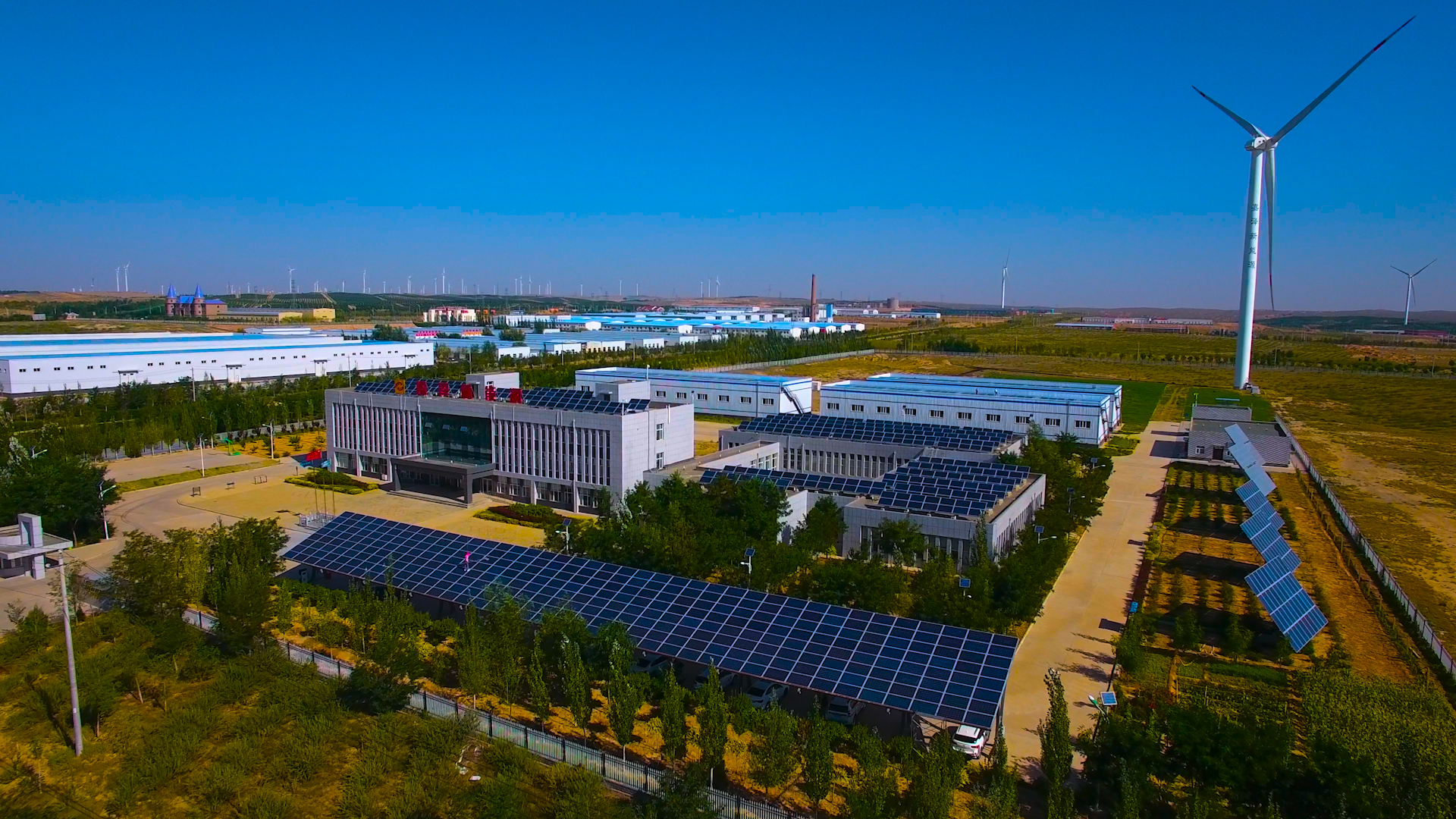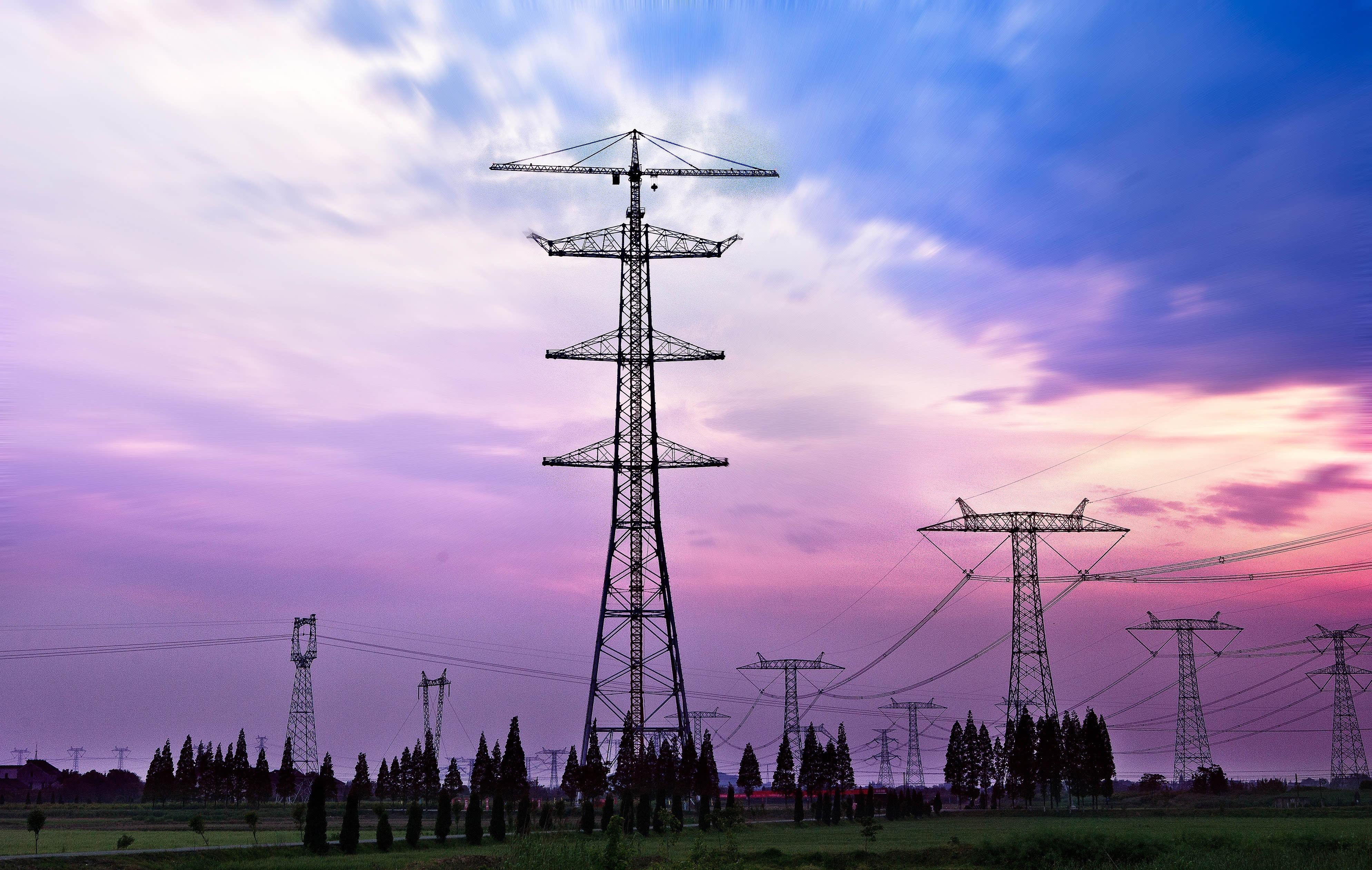
11월 . 23, 2023 17:01 다시 목록으로
스마트 마이크로그리드 핵심기술
스마트 마이크로그리드의 개발 및 구현은 몇 가지 핵심 기술에 의존합니다. 첫째, 신에너지 및 재생에너지 발전기술의 활용이 필수적이다. 현재 스마트 마이크로그리드는 주로 태양광, 풍력, 수소, 천연가스, 바이오가스 등 다양한 재생에너지원에 의존하고 있습니다. 이러한 성숙한 발전 기술은 다양하고 지속 가능한 에너지 공급을 가능하게 합니다.
Secondly, energy storage plays a crucial role in microgrids. It helps to balance the intermittent nature of renewable energy sources by providing peak shaving and valley filling capabilities. Several energy storage technologies are currently being used, including battery energy storage, flywheel energy storage, superconducting magnetic energy storage, and supercapacitor energy storage. While lead-acid batteries are currently the most mature energy storage technology, they face issues such as short lifespan and lead pollution. However, the marketization of graphene batteries, which offer high energy, low cost, and high-quality performance, holds great promise for the future of energy storage in smart microgrids.

셋째, 스마트 마이크로그리드의 에너지 최적화 및 분배는 기존 전력망과 다릅니다. 스마트 마이크로그리드는 수평 다중 에너지 보완 최적화 파견 기술을 사용합니다. 이를 통해 다양한 에너지 관리 시스템을 효율적으로 활용하여 열, 전기, 냉 출력을 실현할 수 있습니다. 또한 빛/전기, 열/냉기, 바람/전기, 직접/교류 에너지 교환 등 서로 다른 전원 공급 장치 간의 직접적인 보완 대체가 가능합니다. 소스-저장-부하 링크의 계층적이고 질서 있는 에너지 전달은 최적의 에너지 활용 효율성을 보장합니다.
Lastly, smart microgrids require effective protection and control technologies. With multiple power sources and loads in operation, adjustments and control through the energy storage system or the external power grid are necessary to accommodate load changes and power supply fluctuations. The microgrid control center handles the regulation, switching, and control of these power supplies. It monitors the power parameters, switching status, power quality, and energy parameters of each new energy power generation system, energy storage system, and load. Additionally, the microgrid control center focuses on energy saving and improving power quality to enhance the overall performance of the smart microgrid.

The rapid development of smart microgrids is reshaping the traditional power grid landscape. These microgrids establish an exchange of energy with the larger power grid, serving as backups for each other. This active distribution network enhances the reliability of power supply by integrating the capabilities of distributed energy resources. Smart microgrids offer great potential in reducing energy consumption, improving power system reliability, and enhancing flexibility. As a result, microgrid technology has gained significant attention and is seen as a new direction for power system reform. The marketization process of key equipment in smart microgrids will accelerate the advancement and performance of these technologies.
관련 상품:
침해시 삭제됩니다
참고사이트:https://www.sohu.com/
-
Wireless DC Charging: The Next Frontier in Contactless EV Power Delivery
소식Aug.04,2025
-
Hybrid BMS Energy Controls: Integrating Renewable Energy Sources
소식Aug.04,2025
-
Blockchain for Secure and Decentralized EMS Power Systems
소식Aug.04,2025
-
AI-Driven for Smart Grids: Energy Management System (EMS)
소식Aug.04,2025
-
Advanced Distribution Management System (ADMS) Energy
소식Aug.04,2025
-
5G-Enhanced BMS Energy Savings: Ultra-Low Latency Control
소식Aug.04,2025























